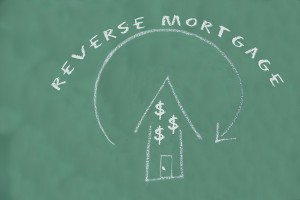Top 3 Reverse Mortgages Myths

Retired, cash-strapped clients that might be excellent reverse mortgages candidates may be put off by some of the myths surrounding this product.
Myth #1: Borrowers relinquish ownership of the property.
Borrowers can always make payments to the loan—even paying it off. The loan simply holds the property as collateral, not unlike any other mortgage arrangement.
Myth #2: Clients Must Sell Their House When They Die.
Another misconception is that a client must sell their house when they die, or when reverse mortgages mature. Borrowers or their beneficiaries can repay loans with other assets and retain the property.
Myth #3: Fees on Reverse Mortgages Are Too High.
Lastly, there’s a long-standing general misconception that the fees associated with reverse mortgages are too high. True, the case used to be that origination fees on these loans used to range from $2,000-$6,000, but the majority of lenders now offer zero origination fees. There are some lenders that even pay closing costs. There are investors that buy these particular government-insured loans for their portfolios, which allows lenders across the board to charge lower rates.
Some lenders are also now offering no servicing fee loan packages. Closing costs of reverse mortgages are even comparable to those in traditional mortgage situations.
